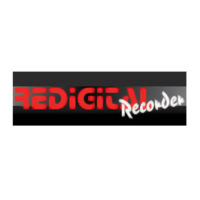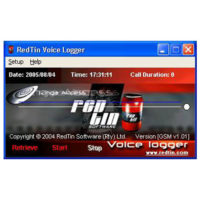South African telecoms operators are preparing to provide end customers with the same Quality of Service and bandwidth as their international counterparts by deploying new networks which use IP-based technologies as their foundation.
Mark van Vuuren, MD Fixed Networks, Siemens Communications, says the demand for next-generation services is on the increase. “Next-generation services intrinsically require higher data speeds – to download video requires services of 3-4 Mbps. Operators are in the process of deploying new networks which will enable bandwidths of world standards, such as those in Europe and the US. A typical example of successful deployment was at the recent Soccer World Cup in Germany, where operators were deploying bandwidths of 50 Mbps into people’s homes.”
Video on Demand over DSL attracts operators worldwide, and analysts predict promising business. “DSL and video compression technologies are improving for telcos that plan to launch video delivery services,” according to a recent report of the research company In-Stat/MDR, “by the end of 2007, there will be 19 million subscribers to video services.”
Next-generation services is the primary focus of discussion at this year’s South African Telecommunications Networks and Applications Conference (SATNAC), being held at the Spier Wine Estate between 4 and 6 September 2006. Siemens, a platinum sponsor of the event and one of the world’s foremost telecommunications companies, anticipates that the topic will be the subject of lively debate.
“The convergence taking place across the IT, telecoms and broadcasting industries is creating multiple opportunities to offer next-generation services such as triple play services. With the advent of voice, Internet and TV/Video on Demand, home networks are starting to converge as well for example: Siemens is already working with Sony on a software upload to the Sony Playstation which will enable consumers to download TV/Video on Demand into their homes using devices which they already own,” van Vuuren points out.
There’s no doubt new services and applications are changing our lives at home, at work and on the road, with Video on Demand and video broadcast services offered on all types of broadband access networks. Real-time communication services – anytime and anywhere – are creating new lifestyles, while the business world is becoming ever more distributed with regard to the choice of locations.
“With our fixed and mobile portfolio, Siemens is ideally positioned to provide end-to-end solutions in the convergence space and to help operators offer next generation services,” van Vuuren says.
Currently some fixed and mobile networks operate as vertical, single-purpose networks. To enable next-generation services, these networks need to transform into horizontal, multi-purpose networks with layers which are common across all the networks. This will provide a seamless user experience and will enable fast, efficient service provisioning.
It is important that the networks make the switch from separate layers to a common horizontal approach to deliver a seamless experience and the same Quality of Service to the user. For example, if a person is talking in their car using a mobile device and then arrives at home and walks into their house, the device should have the intelligence to automatically switch to the fixed line, with no change in Quality of Service.
Van Vuuren believes demand for this type of service will enhance Next Generation Services. “To make this work, operators will need a Service Delivery Platform such as IMS (IP Multimedia Subsystem). The IMS platform resides between the application layer and the control layer, enabling applications to be plugged in and services to be tested quickly and efficiently. This platform also provides access to billing systems so that the customer can receive one integrated bill listing clearly distinguishable services irrespective of the type of network used,” he says.
Commenting on network access, van Vuuren says operators worldwide have traditionally used wire line access for their networks – fibre to the pavement, and copper to the house. This infrastructure is time consuming to deploy, and most operators are now looking at wireless technologies as well as WiMax. “It’s easier, quicker and more cost effective, particularly for rural areas which previously were beyond the reach of 2G networks,” he concludes.
By Siemens Trade Pages South Africa 25th August 2006




